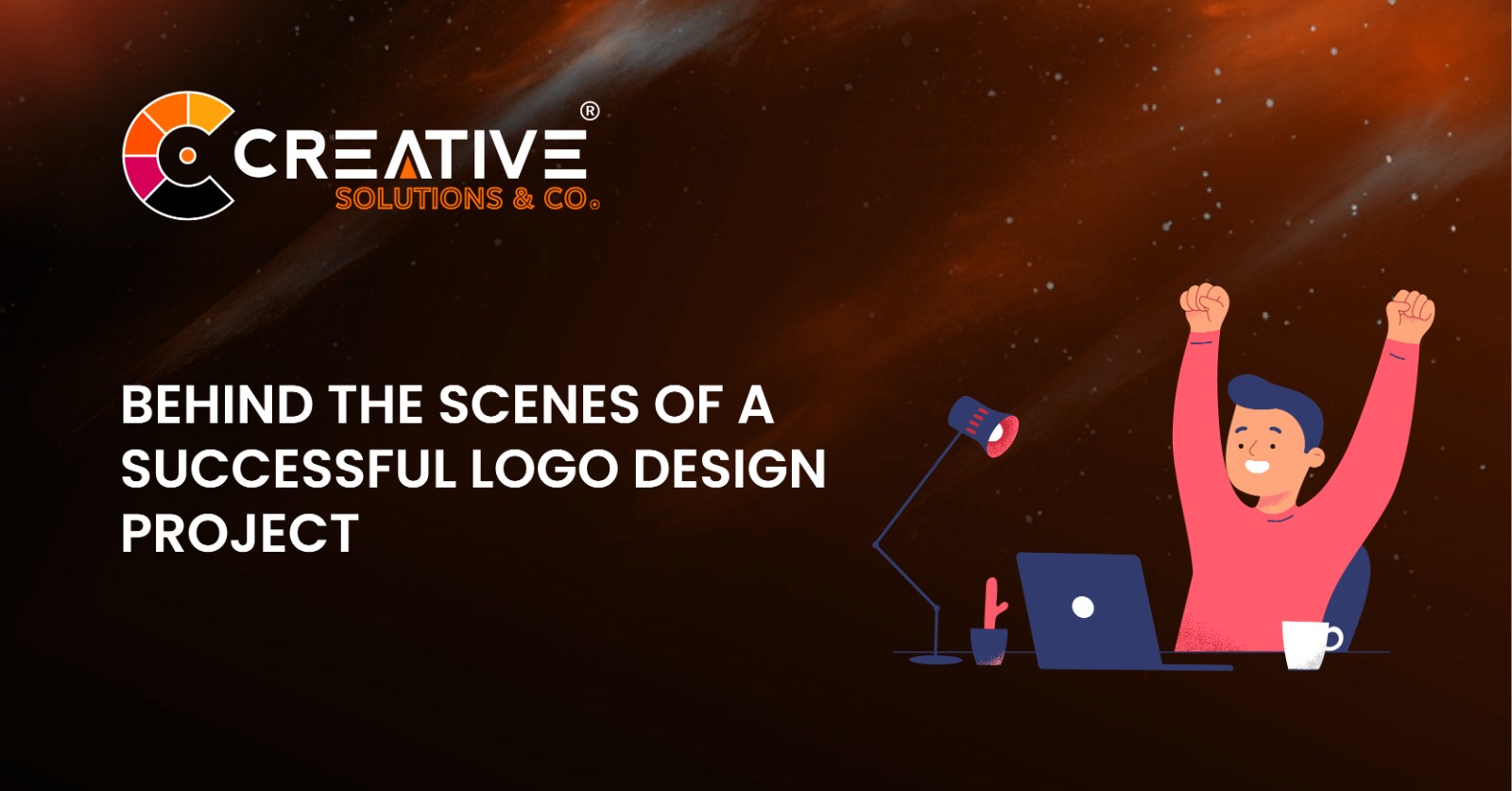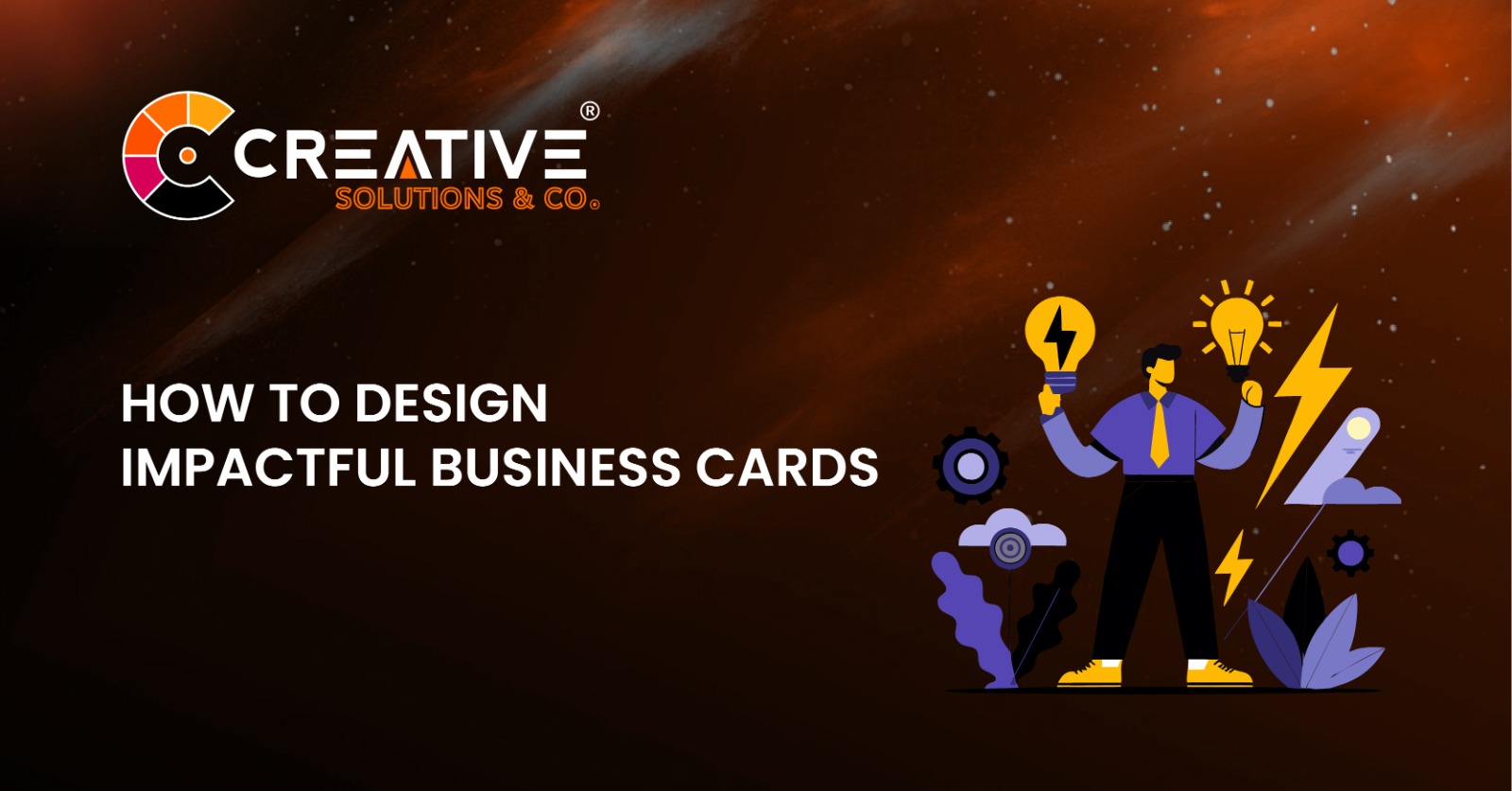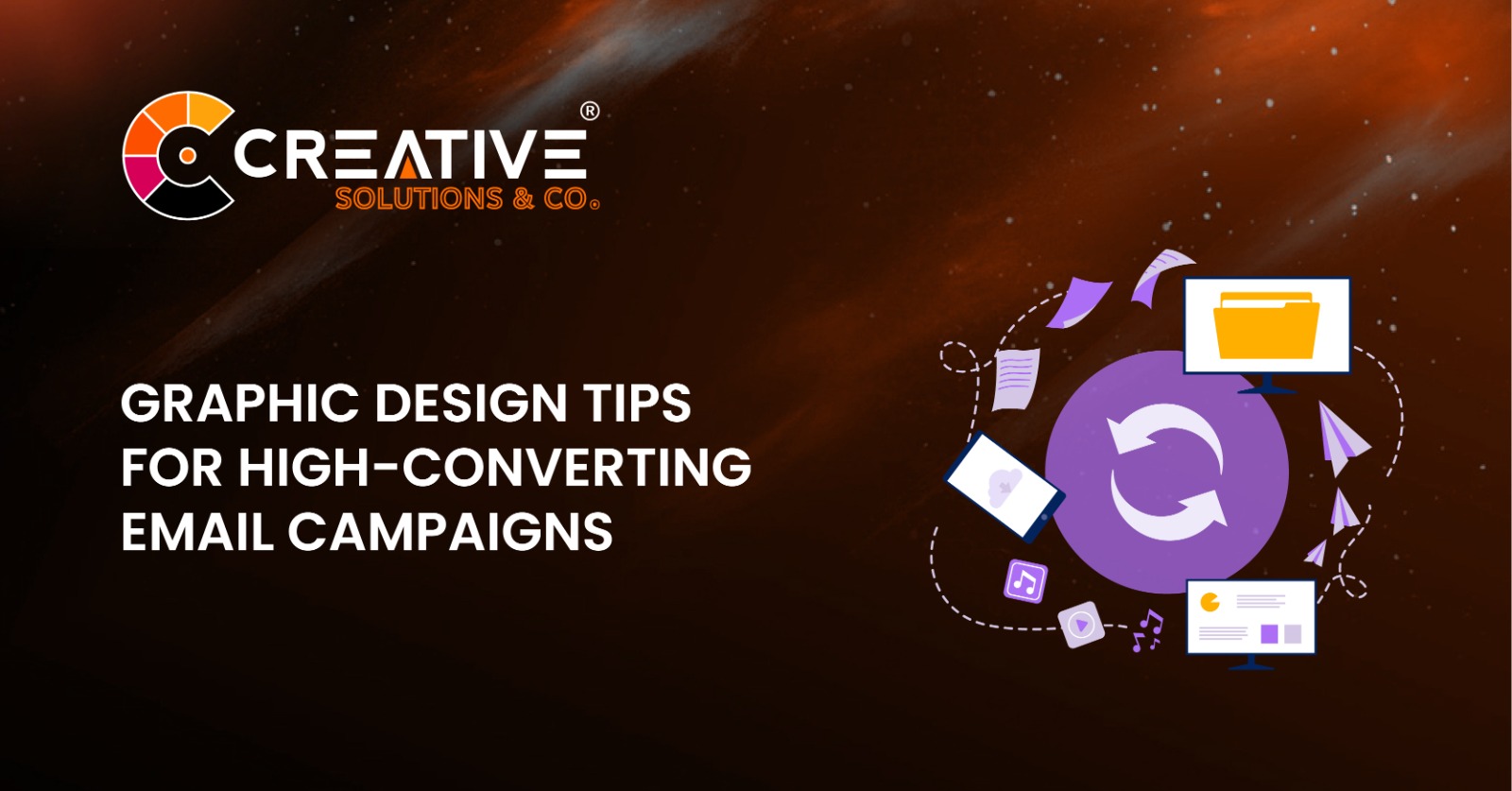Typography plays a crucial role in logo design, acting as the silent communicator that shapes a brand’s identity. Why does typography matter so much? Imagine walking into a room full of strangers—your logo’s typography is like the first words you say; it creates a lasting impression. In this article, we’ll explore the fascinating world of typography in logo design and discover how it influences emotions, perceptions, and brand recognition.
Table of Contents For Typography in Logo Design
| Sr# | Headings |
|---|---|
| 1 | Introduction to Typography |
| 2 | What Is Typography in Logo Design? |
| 3 | Why Typography Matters in Logos |
| 4 | Serif vs. Sans-Serif Fonts |
| 5 | How Typography Conveys Emotion |
| 6 | The Psychology of Fonts |
| 7 | Typography Trends in Logo Design |
| 8 | Choosing the Right Typeface |
| 9 | Combining Typography with Graphics |
| 10 | Custom Typography: A Unique Touch |
| 11 | Mistakes to Avoid in Typography |
| 12 | Examples of Iconic Typography in Logos |
| 13 | Tools for Creating Typography-Based Logos |
| 14 | The Future of Typography in Logo Design |
| 15 | Conclusion |
Introduction to Typography
Typography is more than just selecting a font; it’s the art of arranging letters in a way that makes them visually appealing and meaningful. For logos, typography must strike the perfect balance between aesthetics and functionality.
What Is Typography in Logo Design?
Typography in logo design refers to the strategic use of fonts, styles, and arrangements to create a visual representation of a brand. A well-designed typographic logo not only communicates the brand name but also conveys its personality.
Why Typography Matters in Logos
Typography is the backbone of logo design. It helps convey:
- Brand Identity: Fonts can make a logo feel modern, traditional, playful, or serious.
- Readability: A clear font ensures that your brand name is easy to remember.
- First Impressions: Typography can captivate or repel at first glance.
Would you trust a luxury brand with a Comic Sans logo? Probably not!
Serif vs. Sans-Serif Fonts
When choosing a font, understanding the difference between serif and sans-serif fonts is vital:
- Serif Fonts: These have small lines or strokes attached to the ends of letters, often conveying tradition and sophistication (e.g., Times New Roman).
- Sans-Serif Fonts: Clean and modern, these fonts lack decorative strokes, making them ideal for tech or minimalist brands (e.g., Helvetica).
How Typography Conveys Emotion
Fonts can evoke emotions as powerfully as colors do. A bold, sharp font might scream confidence, while a handwritten script whispers elegance. Think of typography as the tone of voice in visual form.
The Psychology of Fonts
Typography taps into the subconscious, influencing how we perceive brands. For instance:
- Rounded Fonts: Friendly and approachable.
- Geometric Fonts: Precise and modern.
- Cursive Fonts: Sophisticated and artistic.
Imagine the playful font of a toy store versus the sleek typography of a law firm. Both instantly communicate their respective tone.
Typography Trends in Logo Design
The world of typography evolves with design trends. Here are some popular trends:
- Minimalist Fonts: Simple yet impactful.
- Variable Fonts: Adaptive to different screen sizes.
- Vintage Typography: Nostalgia meets creativity.
- Bold Typography: Making a strong statement.
Choosing the Right Typeface
Selecting the right typeface involves more than personal preference. Consider these factors:
- Brand Personality: Does it align with the brand’s tone?
- Legibility: Can it be read easily, even in small sizes?
- Scalability: Does it look good on everything from business cards to billboards?
Combining Typography with Graphics
Typography often works hand-in-hand with symbols or icons. When done right, this combination creates a harmonious design. For example, think of FedEx’s hidden arrow—text and graphics play a role in delivering the message.
Custom Typography: A Unique Touch
Custom typography sets your logo apart from the competition. Designing a font specifically for your brand ensures uniqueness and memorability. Big names like Coca-Cola and Disney rely on custom typography to stand out.
Mistakes to Avoid in Typography
Typography mistakes can hurt your brand. Avoid these pitfalls:
- Overcrowding: Don’t use too many fonts in one logo.
- Poor Contrast: Ensure the text is visible against the background.
- Trendy Fonts: Avoid overly trendy fonts that may become outdated quickly.
Examples of Iconic Typography in Logos
Some logos have become iconic purely because of their typography:
- Coca-Cola: Elegant cursive script evokes nostalgia and warmth.
- Google: Simple and colorful sans-serif design radiates approachability.
- Nike: The bold typeface complements its dynamic swoosh.
Tools for Creating Typography-Based Logos
Designing typography for logos has never been easier with these tools:
- Adobe Illustrator: A professional tool for custom typography.
- Canva: Great for beginners.
- FontForge: For creating custom fonts.
The Future of Typography in Logo Design
As technology advances, expect typography to become more interactive and personalized. From 3D typefaces to AI-generated fonts, the future is bright for logo typography.
Conclusion
Typography in logo design is an art form that marries creativity with strategy. Whether bold and daring or subtle and elegant, the right typography has the power to transform a simple logo into a memorable symbol of your brand. So next time you see a logo, take a closer look—you might just find that its typography is telling a story.
FAQs About Typography in Logo Design
1. Why is typography important in logo design?
Typography conveys a brand’s identity, tone, and values, making it a key element in creating a memorable logo.
2. How do fonts affect emotions in logos?
Different fonts evoke different emotions. For example, rounded fonts feel friendly, while sharp fonts exude confidence.
3. Can I use more than one font in a logo?
Yes, but limit it to two fonts to maintain a cohesive and professional look.
4. What’s the difference between serif and sans-serif fonts?
Serif fonts have decorative strokes at the ends of letters, while sans-serif fonts are clean and modern without extra strokes.
5. Are custom fonts worth the investment for logos?
Absolutely! Custom fonts ensure your logo is unique and tailored to your brand’s personality.







